A research team at Wuhan University (China) gave AI technology full control of a satellite and left it free to operate for 24 hours.
Chinese researchers say an artificial intelligence (AI) machine has been temporarily given full control of a satellite in low-Earth orbit, as part of a landmark experiment to test the technology's performance in space.
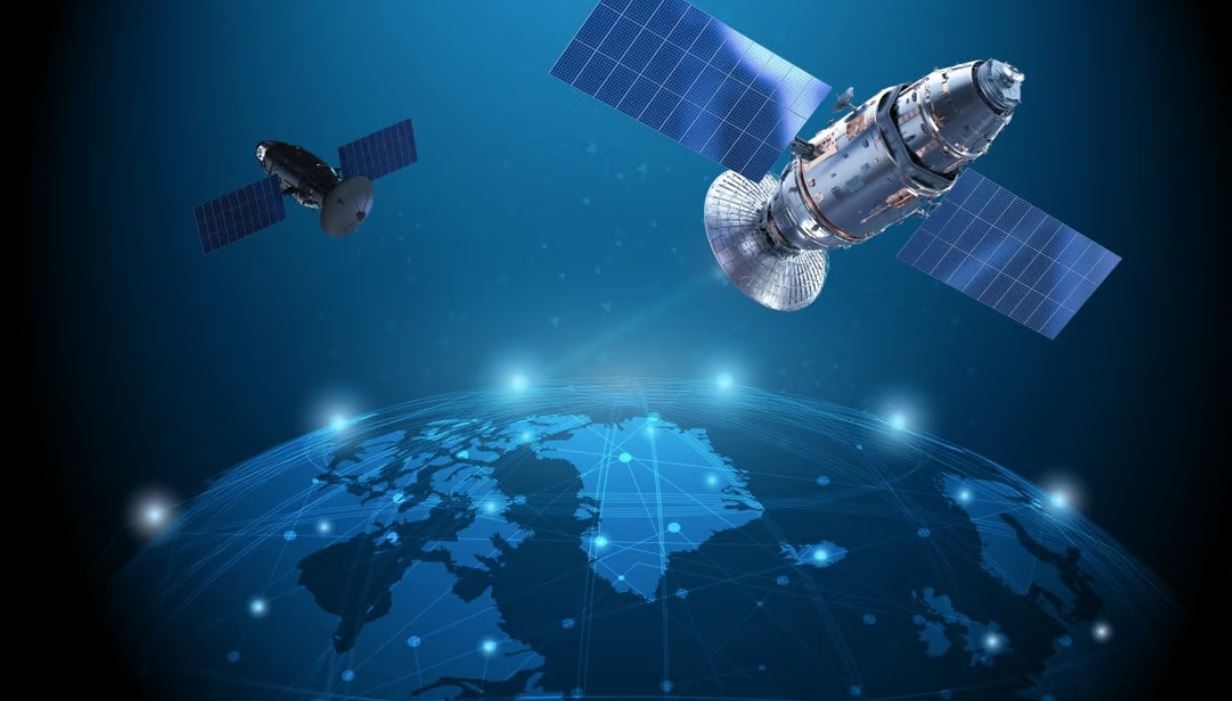 |
| AI has controlled a small Chinese satellite to observe locations in India and Japan. Illustration photo: Shutterstock |
According to the Geomatics and Information Science journal of Wuhan University, for 24 hours, the Qimingxing 1 Earth observation satellite was controlled by an AI on the ground without any human command, assignment or intervention.
Scientists said the AI selected a few locations on Earth and ordered Qimingxing 1 to take a closer look. No explanation was given as to why the AI chose those locations.
One area targeted is the ancient city of Patna, located on the Ganges River in northeastern India. It is also home to the Bihar Regiment, the Indian Army unit that clashed with Chinese soldiers in the Galwan Valley in a disputed border area in 2020.
Along with Patna, Osaka — one of Japan's busiest ports, which occasionally hosts US Navy ships operating in the Pacific — also ranks high on AI's list of concerns.
“This approach breaks existing rules in mission planning,” write researchers Wang Mi and colleagues at Wuhan University.
Until now, most satellites have required a specific command or mission before they could be launched. Missions could be launched in a variety of contingencies – such as war or earthquake – or a satellite could be scheduled to conduct long-term observations of specific targets.
While AI technology is increasingly used in space missions — including image recognition, flight path planning and collision avoidance — it is not given control of satellites, leading to wasted time and resources, according to the team.
China currently has more than 260 remote sensing satellites in orbit, but they often operate inefficiently, collecting low-value, time-sensitive data without any specific mission.
Satellites are expensive and have limited lifespans, so researchers say there is an urgent need to maximize their value with new orbital applications.
The group proposes that an AI-controlled satellite could alert users — including the military, national security regulators and other relevant agencies — if it detects unusual objects or activities.
However, to make the right decisions, AI needs to have a full understanding of the Earth. So it must not only identify man-made and natural objects, but also understand the complex and ever-evolving relationships between them and various human societies.
Wang’s team has built a massive library of text data from around the world , similar to the corpus used to train language models like ChatGPT. The AI developed by the Chinese researchers can’t converse, but it can act proactively based on training and a growing understanding of natural and human activities.
The AI’s decision-making process is incredibly complex, the researchers say, with the machine having to consider many factors—such as real-time cloud conditions, camera angles, target values, and satellite mobility constraints—when planning a workday.
They say AI calculations can be so sophisticated that traditional computer models for managing space missions may not be able to solve the problem in a reasonable amount of time.
Billionaire Elon Musk's SpaceX has launched more than 3,000 Starlink devices, while China is planning to launch nearly 13,000 communications satellites to compete.
The US and Chinese militaries have also proposed adding surveillance tools and other features that would allow small orbital spacecraft to do more than just provide internet service.
The thousands of satellites in Beijing and Washington’s network would pose a serious challenge to most space agencies, and some scientists argue that only AI can manage them without causing mass collisions.
Chinese space scientists pioneered the application of AI technology in orbit in 2021 when they used a small smart satellite to detect and monitor an undisclosed US naval exercise off the coast of New York.
A Shanghai-based space scientist not involved in the research said he was not concerned about the prospect of giving AI more control over satellites.
“I believe Beijing will monitor closely. If the AI tries anything unusual, it will be immediately cut off by its controller,” said the researcher, who asked to remain anonymous.
However, another space scientist in Beijing, who has experience with ChatGPT, expressed concern about what could happen if a large language model gained access to flight controls and learned how to operate a satellite.
“Satellites are our eyes and ears in the sky. Do we really want AI deciding what we see and hear?” the expert said.
When asked what they would do if they were the satellite operator on a non-mission day, ChatGPT said they would conduct maintenance checks, update software and firmware, perform calibration and testing, and explore new areas of interest.
The ChatGPT chatbot, developed by the Microsoft-backed OpenAI consortium, has named some of the locations it is most interested in, including Australia's Great Barrier Reef, the Amazon rainforest and the Himalayas, as well as the Sahara Desert and the Antarctic Peninsula.
When asked why these areas were chosen, ChatGPT explained that they were being affected by human activities and climate change.
According to Tin Tuc Newspaper
Source link


![[Photo] Prime Minister Pham Minh Chinh chairs the national online conference on combating smuggling, production and trade of counterfeit goods.](https://vphoto.vietnam.vn/thumb/1200x675/vietnam/resource/IMAGE/2025/6/23/4a682a11bb5c47d5ba84d8c5037df029)



![[Photo] Prime Minister Pham Minh Chinh holds meeting to launch exhibition of national achievements to celebrate 80th National Day](https://vphoto.vietnam.vn/thumb/1200x675/vietnam/resource/IMAGE/2025/6/23/0c0c37481bc64a9ab31b887dcff81e40)














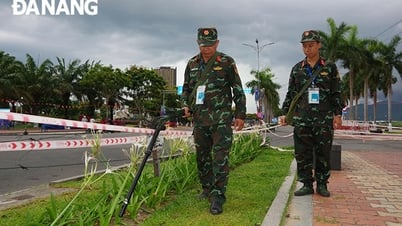
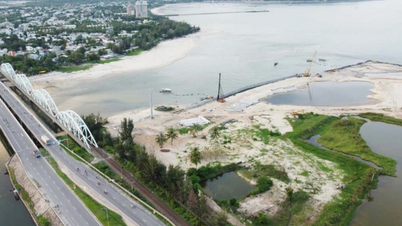

![[Photo] Conference to disseminate the implementation of the Plan to promote digital transformation to meet the requirements of restructuring the political system's apparatus](https://vphoto.vietnam.vn/thumb/1200x675/vietnam/resource/IMAGE/2025/6/23/4744403cccd144b79086799e2ceb686e)
![[Photo] Party Congress of the Central Internal Affairs Commission for the 2025-2030 term](https://vphoto.vietnam.vn/thumb/1200x675/vietnam/resource/IMAGE/2025/6/23/5bf03821e6dd461d9ba2fd0c9a08037b)





































































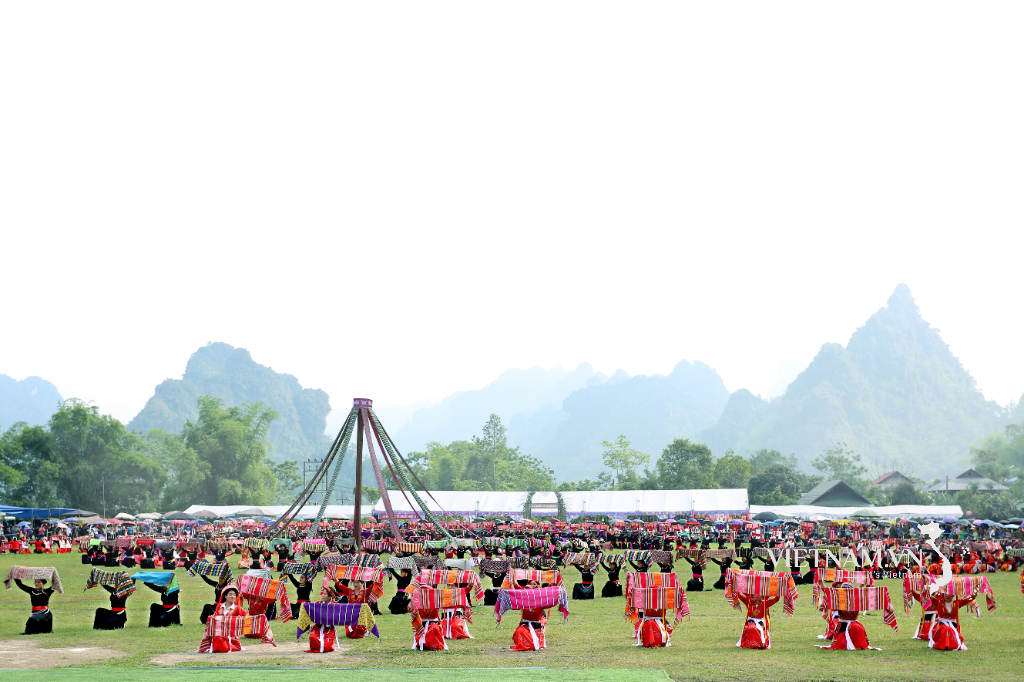
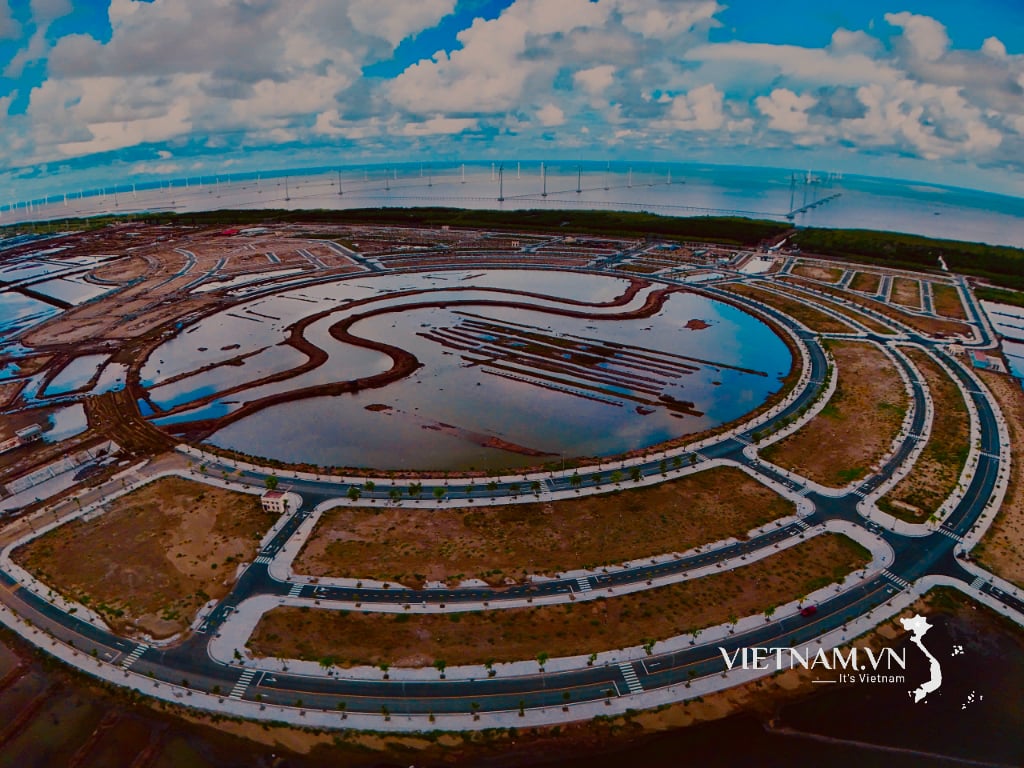
Comment (0)